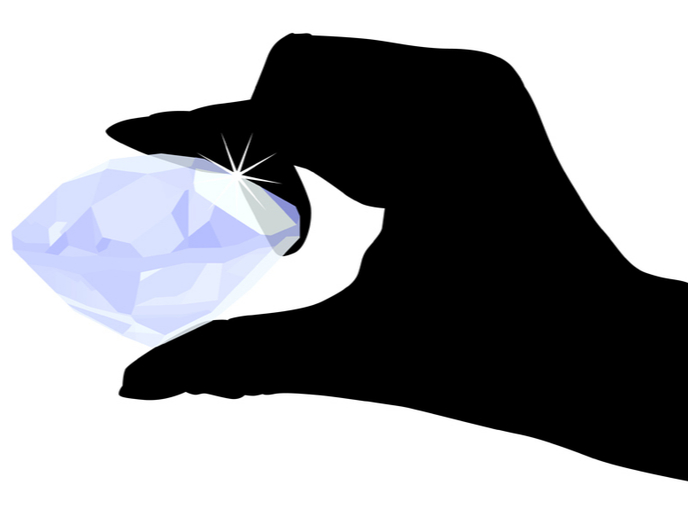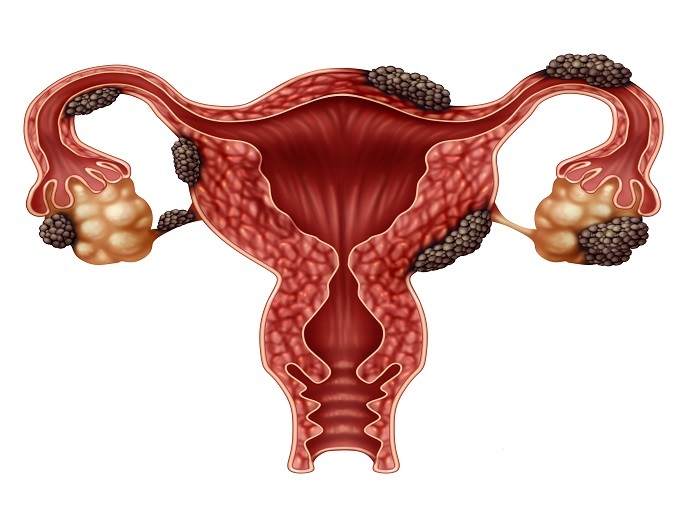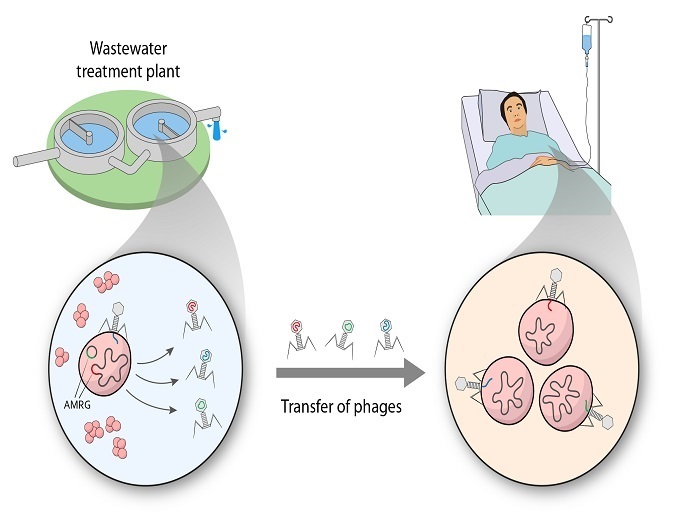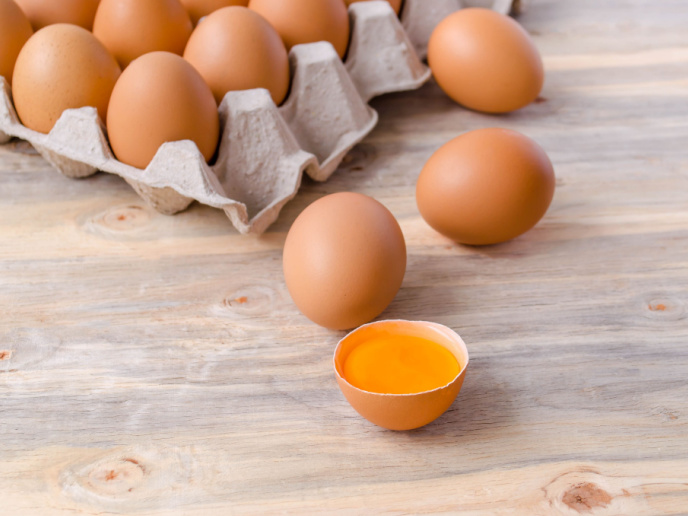Diamonds are becoming a virologist’s best friend
Free radicals are molecules with one or more unpaired electron in their outer shell; they are less stable and show greater reactivity. Free radicals generally include reactive oxygen species (ROS) and reactive nitrogen species (RNS), which at low levels have beneficial effects on certain cellular processes such as immune responses. For example, phagocytes release free radicals to kill invading pathogens as part of the body’s defence mechanism. Nitric oxide serves as an intercellular messenger in important cell-signalling cascades and can modulate blood flow. However, there are contradicting reports with respect to the role of free radicals in virus pathogenicity. This calls for a more detailed analysis of the free radical viral infection kinetics with high spatiotemporal resolution.
Diamond magnetometry for measuring free radicals
The MagnetoVirology project, undertaken with the support of the Marie Skłodowska-Curie Actions (MSCA) programme, studied the interaction of free radicals with viruses. The research focused on the Semliki Forest virus usually encountered in Africa. “Our main objective was to measure the free radical load during viral infection, using the highly promising methodology of diamond magnetometry,” explains Romana Schirhagl, who hosted the project at the Department of Biomedical Engineering, University Medical Center Groningen. This technique relies on the properties of diamonds: conventionally, these consist of carbon atoms each bonded to four other carbons to form a crystalline lattice. When a carbon in the crystal is replaced by a nitrogen atom, and the adjacent carbon is missing, this gives rise to a nitrogen-vacancy (NV) centre, which can be exploited in biomedical applications. The NV centre has optical properties and can be excited with a green laser to emit red light. The intensity of luminescence of diamond particles depends on the number of NV centres present. Free radicals are short-lived and reactive and are difficult to measure with conventional techniques. “Diamond magnetometry offers unparalleled sensitivity, resolution and the possibility of real-time long-duration measurements; it also gives us the opportunity to visualise how the cell is stressed by the viral load,” emphasises Schirhagl.
Assessment and diagnosis in living cells
Researchers successfully measured free radicals in vitro in infected cells. Moreover, in synovial fluid samples of patients with arthritis, they were able to differentiate between the types of infection. Future efforts will focus on the implementation of diamond magnetometry for assessing the severity of lung virus infections. MagnetoVirology proves – for the first time – the successful application of diamond magnetometry in virology, opening new possibilities for medical or pharmaceutical exploitation. Schirhagl notes: “The technique itself is rather new and getting it to work at all in a biological environment where our sensors are moving around was quite an achievement.” Ongoing technology improvements with respect to acquisition speed are undertaken by the project spin-off company Diamond Sense, which envisions implementation of diamond magnetometry in the diagnosis sector. Apart from gaining a better understanding of diseases, this approach can help interrogate the impact of a virus or how we respond better to a drug. Pharmaceutical companies may also find it useful for drug development purposes, to associate drug effectiveness with free radical load in infected cells.
Keywords
MagnetoVirology, diamond magnetometry, virus, viral, infection, free radicals







